
Minya: The Heartbeat of Upper Egypt
Discover Minya, Egypt's hidden gem: a city where ancient history meets vibrant local culture along the scenic Nile River.
Minya, often referred to as the 'Bride of Upper Egypt,' is a city that offers a rich tapestry of history, culture, and natural beauty. Situated on the western bank of the Nile River, Minya is a gem waiting to be discovered by tourists seeking an authentic Egyptian experience. The city is a blend of ancient wonders and modern life, making it a fascinating destination for travelers. Minya is home to several archaeological sites that date back to the Pharaonic era. The city is most famous for the Beni Hassan tombs, which are an absolute must-see. These rock-cut tombs from the Middle Kingdom are adorned with vivid murals that provide insight into ancient Egyptian life and customs. Another highlight is the ancient city of Akhetaten, known today as Amarna. This was the capital city built by Pharaoh Akhenaten and Queen Nefertiti, and it offers a unique glimpse into a revolutionary period in Egyptian history. Beyond its historical treasures, Minya boasts a vibrant local culture. The bustling markets, with their colorful spices, handmade crafts, and fresh produce, give visitors a taste of daily life in Upper Egypt. The city's location along the Nile offers stunning river views and opportunities for leisurely boat rides. Minya's warm and welcoming residents add to the charm, making it a city where visitors can feel at home while exploring its many wonders.
Local tips in Minya
- Visit the Beni Hassan tombs early in the morning to avoid the midday heat and crowds.
- Take a boat ride on the Nile at sunset for breathtaking views and a peaceful experience.
- Don't miss the local markets for unique souvenirs and an authentic taste of Upper Egyptian life.
- Wear comfortable walking shoes, as many of the archaeological sites require a bit of trekking.
- Hire a local guide to get the most out of your visit to historical sites like Amarna.
Minya: The Heartbeat of Upper Egypt
Minya, often referred to as the 'Bride of Upper Egypt,' is a city that offers a rich tapestry of history, culture, and natural beauty. Situated on the western bank of the Nile River, Minya is a gem waiting to be discovered by tourists seeking an authentic Egyptian experience. The city is a blend of ancient wonders and modern life, making it a fascinating destination for travelers. Minya is home to several archaeological sites that date back to the Pharaonic era. The city is most famous for the Beni Hassan tombs, which are an absolute must-see. These rock-cut tombs from the Middle Kingdom are adorned with vivid murals that provide insight into ancient Egyptian life and customs. Another highlight is the ancient city of Akhetaten, known today as Amarna. This was the capital city built by Pharaoh Akhenaten and Queen Nefertiti, and it offers a unique glimpse into a revolutionary period in Egyptian history. Beyond its historical treasures, Minya boasts a vibrant local culture. The bustling markets, with their colorful spices, handmade crafts, and fresh produce, give visitors a taste of daily life in Upper Egypt. The city's location along the Nile offers stunning river views and opportunities for leisurely boat rides. Minya's warm and welcoming residents add to the charm, making it a city where visitors can feel at home while exploring its many wonders.
When is the best time to go to Minya?
Iconic landmarks you can’t miss
McDonald's Minya
Experience the unique blend of local culture and global flavors at McDonald's Minya, a must-visit spot for travelers in Egypt.
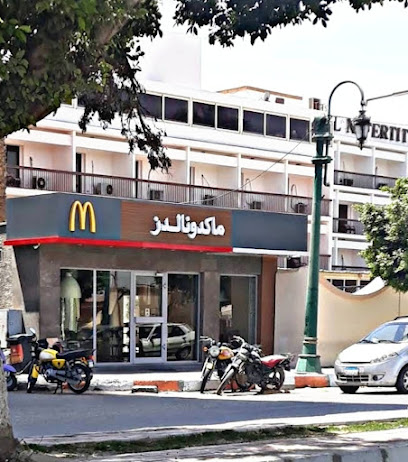
Mallawi Museum
Explore the Mallawi Museum, an archaeological haven in Minya, showcasing Egypt's ancient treasures and rich history.

Al-Fouly Mosque
Discover the architectural beauty and serene atmosphere of Al-Fouly Mosque, a key cultural landmark in Minya, Egypt, along the banks of the Nile.
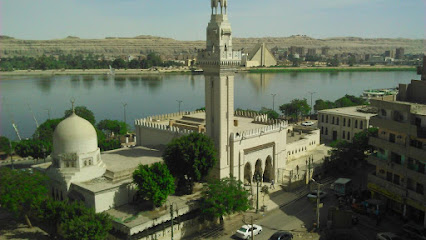
Tombs Of Beni Hassan
Explore the enchanting Tombs of Beni Hassan, an ancient Egyptian treasure showcasing stunning rock-cut tombs and vibrant frescoes.
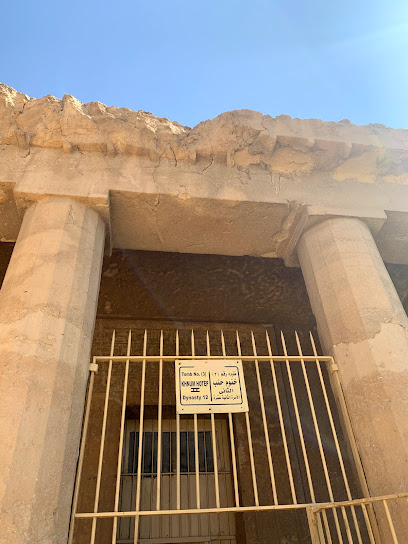
Tomb of Petosiris
Explore the Tomb of Petosiris in Mallawi, a historic gem revealing the artistry and culture of ancient Egypt in a serene setting.
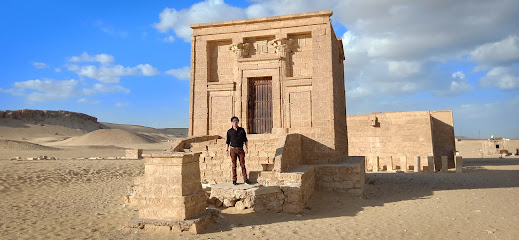
El lamati mosque
Discover the serene beauty and rich cultural heritage of El Lamati Mosque in Minya, a must-visit destination for spiritual seekers and culture enthusiasts.
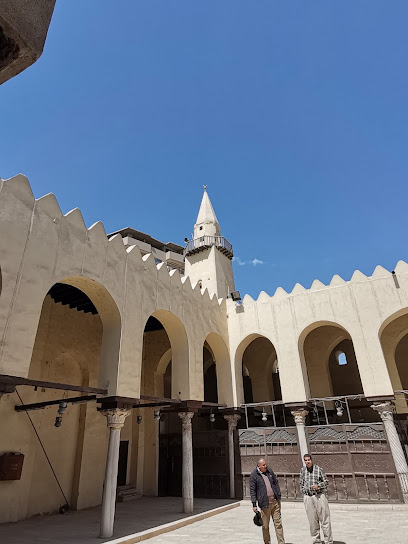
Great Aten Temple
Explore the Great Aten Temple, a stunning historical landmark in the Al Minya Desert that offers a glimpse into ancient Egyptian civilization and spirituality.
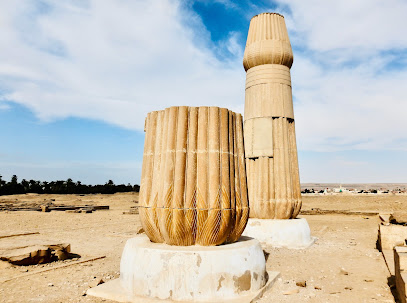
Speos Artemidos
Explore the ancient wonders of Speos Artemidos, a hidden gem showcasing the artistry of ancient Egypt amidst breathtaking landscapes.
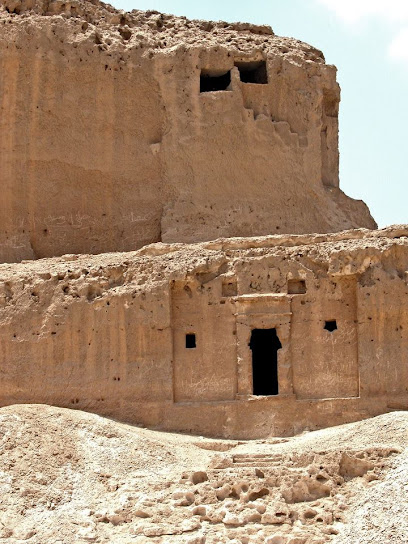
تمثال د.طه حسين
Visit the statue of Dr. Taha Hussein in Minya, Egypt, a tribute to a literary titan whose legacy continues to inspire generations.

ميدان مصطفى كامل - المنيا الجديدة
Discover the vibrant atmosphere of Midan Mustafa Kamel in New Minya, a cultural gem where locals gather for food, fun, and community events.

Midan Palace
Experience the vibrant heart of Minya at Midan Palace, where culture, community, and history come together in a lively town square.
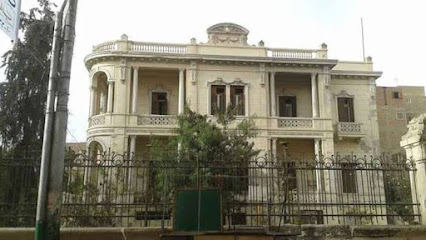
ميدان الشباب - المنيا الجديدة
Experience the vibrant culture and community spirit of New Minya at Al-Shabab Square, a town square bustling with life and local charm.

ميدان شلبى
Explore Midan Shalabi, the lively town square of Second Al Minya, where local culture and cuisine come alive in a vibrant community setting.

Jabal al ‘Adīlah
Discover the breathtaking beauty and cultural richness of Jabal al 'Adhlah, a majestic mountain peak in Egypt's Minya Governorate, perfect for adventurous travelers.

ميدان الصهريج
Explore Midan Al-Sahrij, a vibrant town square in Minya, Egypt, where culture, history, and local life converge in a lively atmosphere.

Unmissable attractions to see
مـــيـــدان الـسـاعـــة
Discover the serene escape of Midan Al-Sa'ah, a picturesque park in Minya, Egypt, perfect for relaxation, picnics, and cultural gatherings.
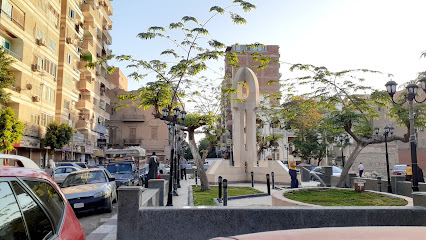
Nile Kornich
Discover the tranquil beauty of Nile Kornich, a lush waterfront park in Minya offering stunning views of the Nile River and a peaceful retreat from the hustle and bustle.
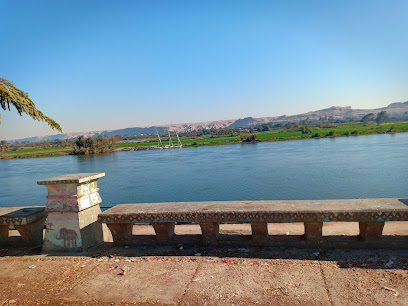
Masr Street Park
Discover tranquility at Masr Street Park, a lush oasis along the Nile, perfect for leisurely strolls, picnics, and enjoying nature's beauty in Minya.

مـيـــدان بلاس
Explore the natural beauty and tranquility of ميدان بلاس, an urban park in Minya, Egypt, perfect for relaxation and outdoor activities.
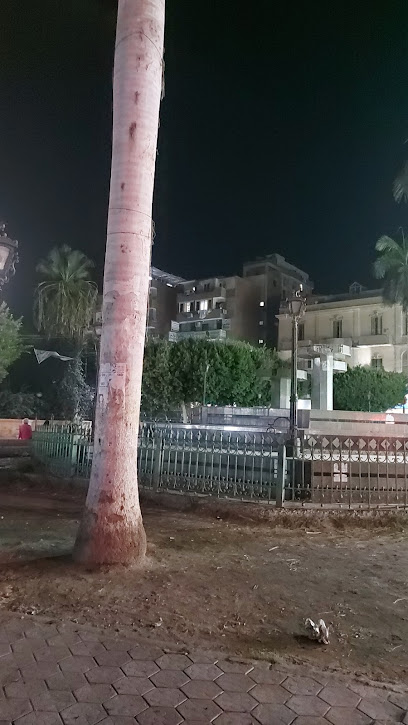
الحديقة الدولية بالمنيا
Discover the serene beauty of the International Park in Minya, a perfect escape for nature lovers and families seeking relaxation amidst lush landscapes.
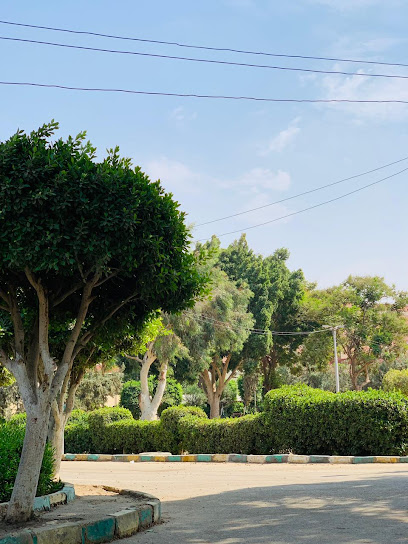
ميدان تويتي
Discover the serene beauty of Midan Tawiti, a tranquil park in New Minya, Egypt, perfect for relaxation, picnics, and enjoying local culture.
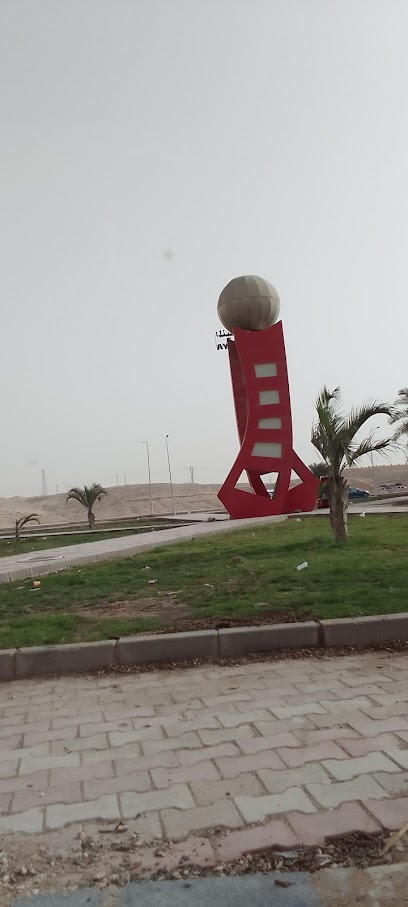
حديقة ميدان شلبي
Immerse yourself in the lush beauty of حديقة ميدان شلبي, a peaceful garden oasis in the heart of Minya, Egypt, perfect for relaxation and nature lovers.
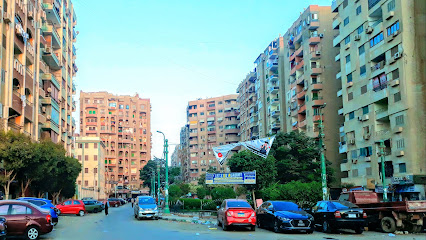
حديقه جنه مصر
Discover the Garden of Egypt in New Minya, a serene escape filled with lush greenery and vibrant blooms, perfect for relaxation and nature photography.
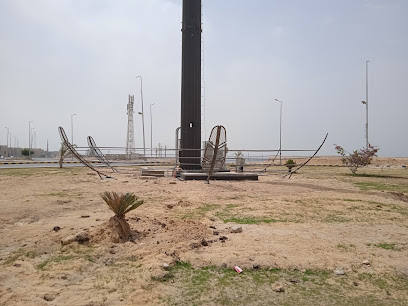
ميدان مجمع المحاكم
Discover the serene landscapes and vibrant wildlife of Madinat Al-Mahakim, a picturesque state park in Minya, Egypt, perfect for nature lovers.
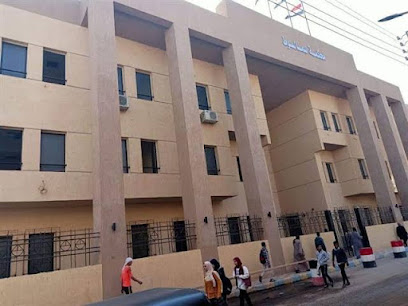
لوكيشن حدوته
Immerse yourself in the serene beauty of لوكشن حدوته Park, a peaceful oasis in Minya, Egypt, perfect for relaxation and nature lovers.
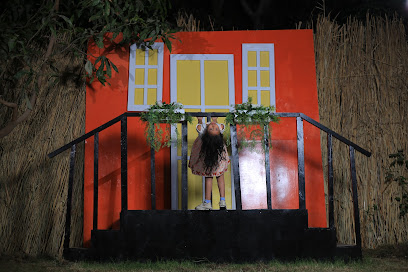
كورنيش الحي الرابع
Experience the serene beauty of كورنيش الحي الرابع, a lush garden oasis in New Minya perfect for relaxation and family fun.

حديقة ٢٥ يناير
Discover the serene beauty of Garden Henaier in Minya, where vibrant flowers and lush greenery create a perfect retreat for nature lovers.
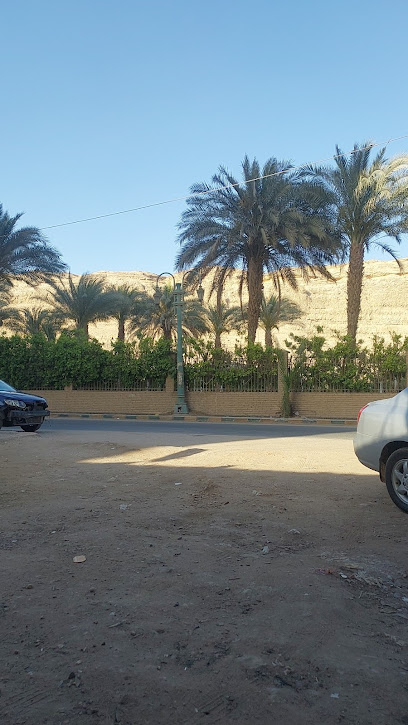
حديقة ميدان الشهداء
Discover tranquility in Martyrs' Garden, a serene retreat in Minya, Egypt, perfect for nature lovers and history enthusiasts alike.
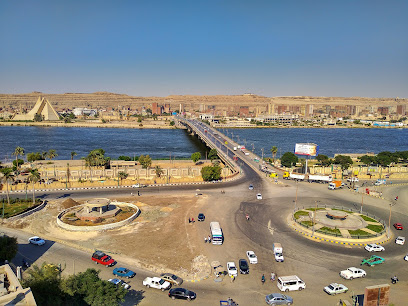
احمد حسين
Explore Ahmed Hussein in Minya, Egypt: a captivating tourist attraction rich in history, culture, and local traditions, perfect for an unforgettable travel experience.

مزرعه الحاج أحمد قطب
Experience tranquility and natural beauty at مَزرعة الحاج أحمد قطب, a scenic park in Minya, Egypt, perfect for relaxation and outdoor activities.

Essential places to dine
Orkeed
Experience authentic Egyptian barbecue at Orkeed - where flavor meets tradition along the banks of the Nile.
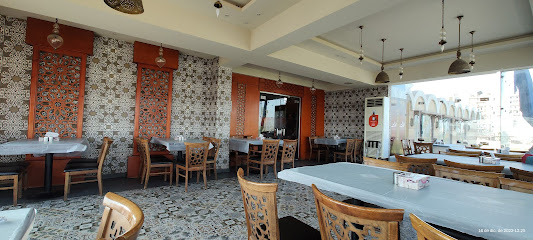
Bondokah Restaurant
Discover the delightful taste of barbecue at Bondokah Restaurant in Minya - where tradition meets flavor in every bite.
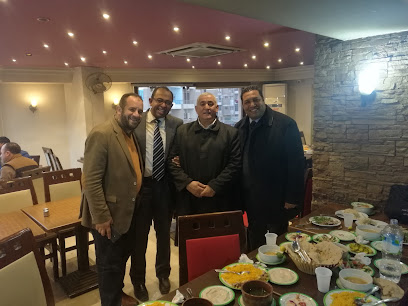
Set Elsham
Discover authentic Syrian cuisine at Set Elsham in Minya – where every dish tells a story of flavor and tradition.
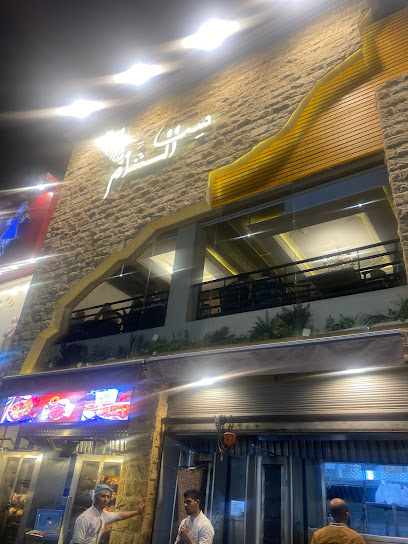
Freekeh
Experience authentic Syrian cuisine at Freekeh in Minya – a culinary gem where every dish tells a story.
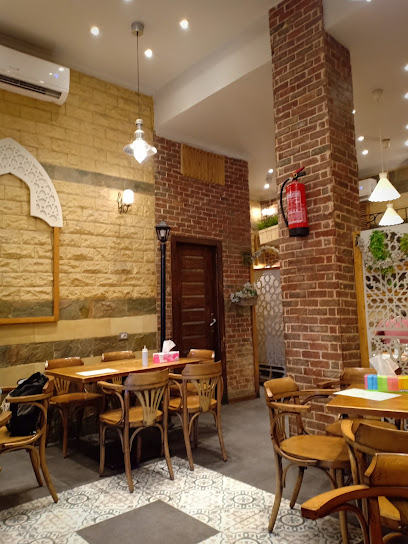
C-Boat
Discover authentic Egyptian cuisine at C-Boat, where stunning Nile views meet exceptional dining experiences in Minya.

سي فول
Discover authentic Egyptian breakfast delights at Seyfoul along the scenic banks of the Nile in Minya.
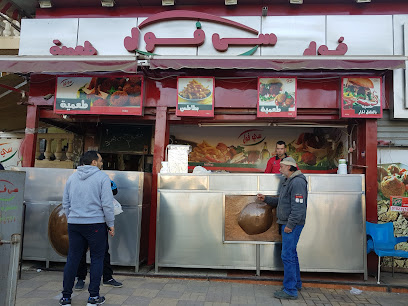
Prego Restaurant
Discover delicious fast food at Prego Restaurant in Minya - perfect for tourists craving quick bites with great flavors.
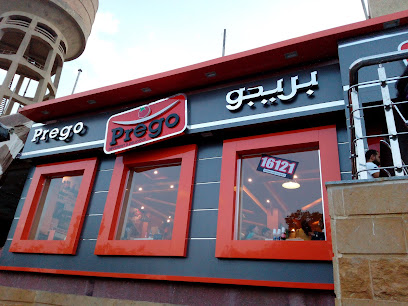
El Baron || البارون
Experience exquisite local and international cuisine at El Baron in Minya - where every meal is a celebration of flavor.
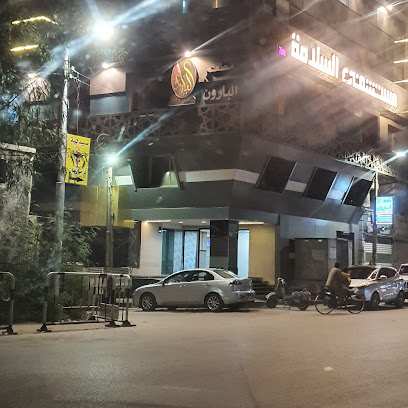
Jalapeño Restaurant
Discover the rich flavors of Egyptian cuisine at Jalapeño Restaurant in Minya - where every dish tells a story.
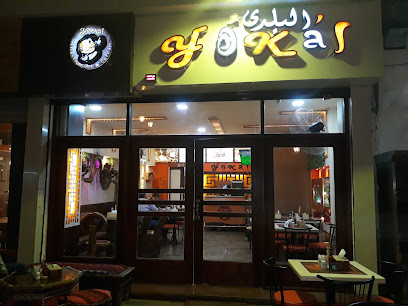
See Fool
Savor authentic Egyptian cuisine at See Fool, an affordable gem near Kornish Al Nile offering diverse and delicious dishes.

Elswesy
Discover Elswesy in Minya: Where Authentic Pizzas Meet Local Culture - A Culinary Delight for Every Taste!
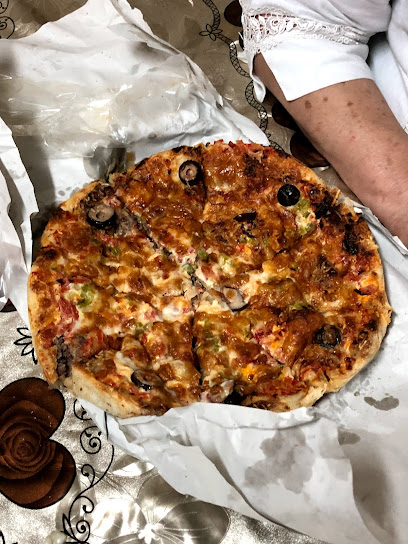
مطعم بياضه اسماك
Experience authentic Egyptian seafood at مطعم بياضه اسماك in Minya - where fresh flavors meet local tradition.
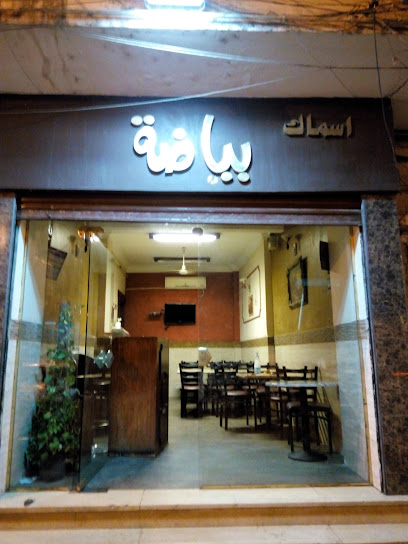
Freekah
Savor exquisite sandwiches at Freekah in Minya - where local flavors meet delightful culinary creations.
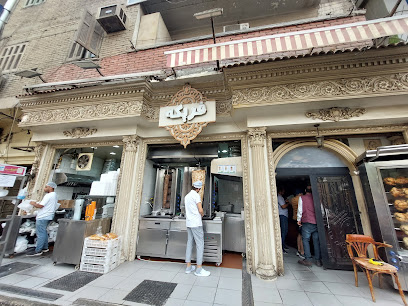
Famous Burger
Discover the ultimate burger experience at Famous Burger in First Al Minya – where flavor meets tradition!
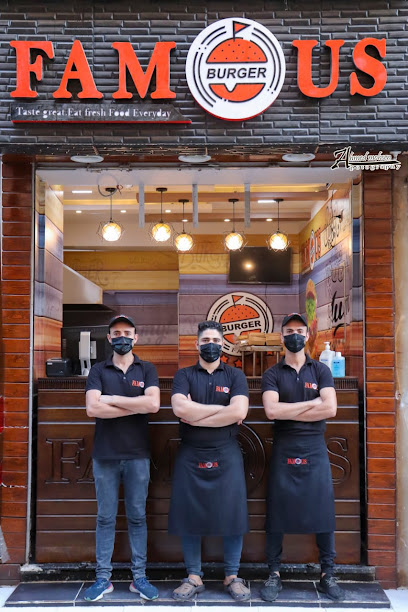
ملك الحواواشى
Experience authentic Egyptian cuisine at ملك الحواواشى - a family-friendly restaurant in Minya perfect for memorable dining moments.

Markets, malls and hidden boutiques
شارع 6 اكتوبر المنيا
Explore the charm of Minya at شارع 6 اكتوبر المنيا, where unique gifts and local craftsmanship come together for an unforgettable shopping experience.

محلات الكبير اوى للاتصالات
Explore Al Gezawi Mobile Hub - your essential stop for smartphones, accessories, and expert repair services in Minya Governorate.
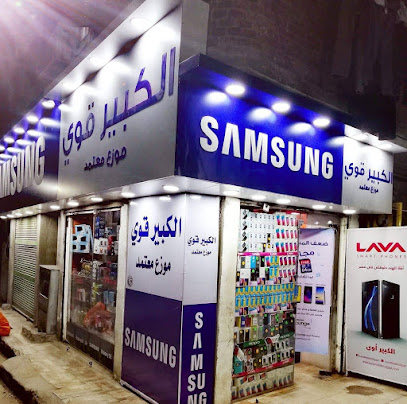
سنتر بيت العيلة لكل العيلة
Discover unique gifts and local crafts at سنتر بيت العيلة in المنيا, a charming gift shop celebrating Egyptian artistry.
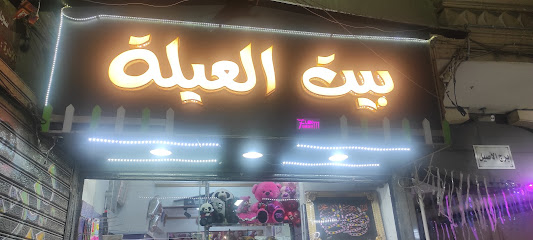
Spotix
Explore Spotix in Minya, your ultimate destination for unique gifts and authentic Egyptian souvenirs that capture the essence of local culture.
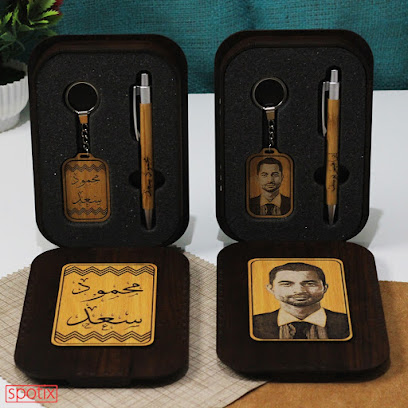
محل حيوانات اليفه Minya animals
Explore a delightful range of pets and supplies in Minya's charming pet shop, perfect for families and animal lovers alike.
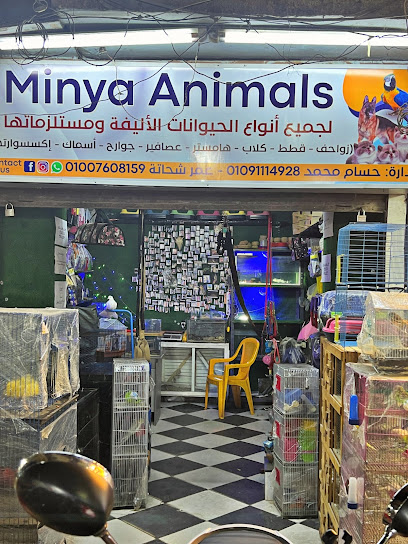
سنتر البيت الحديث للأدوات المنزلية
Explore a wide range of quality home essentials at the Modern Home Goods Center in Minya, where local craftsmanship meets everyday practicality.
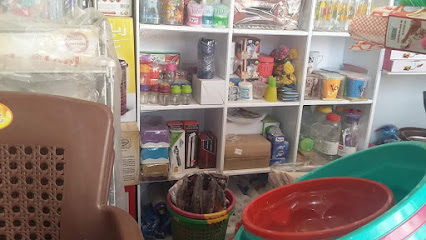
محل الفاتح
Explore a treasure trove of local and international products at محل الفاتح, the ultimate supermarket experience in Minya, Egypt.
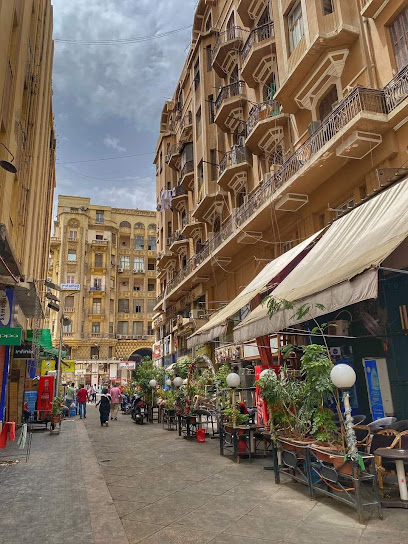
الشيماء للتجاره
Explore الشيماء للتجاره in Minya for authentic Egyptian souvenirs and local craftsmanship that captures the essence of the region.
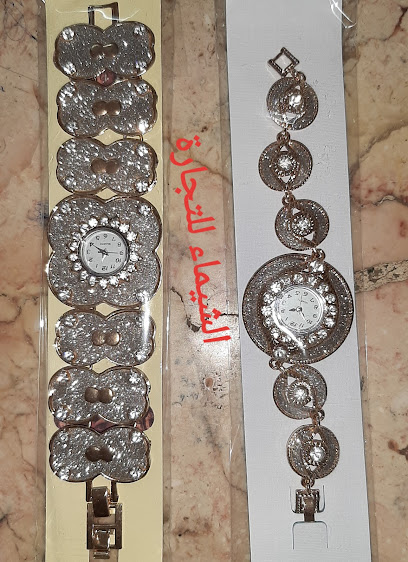
مخازن اليداك المنيا
Explore the vibrant Handak Stores in Minya for an authentic shopping experience filled with local culture, handicrafts, and culinary delights.

SK
Explore the vibrant shopping scene at SK in Minya, where local culture and unique products come together for an unforgettable retail experience.
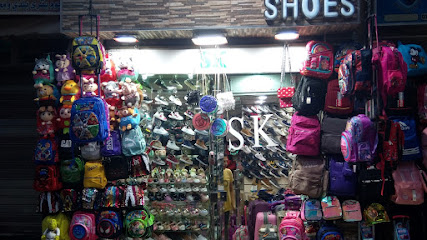
UniMarket-EG
Discover the ultimate shopping experience at UniMarket-EG, the leading department store in Minya, offering a wide variety of products and unbeatable prices.

Smile accessories
Explore unique souvenirs and local treasures at Smile Accessories, the premier gift shop in Al Minya, Egypt.
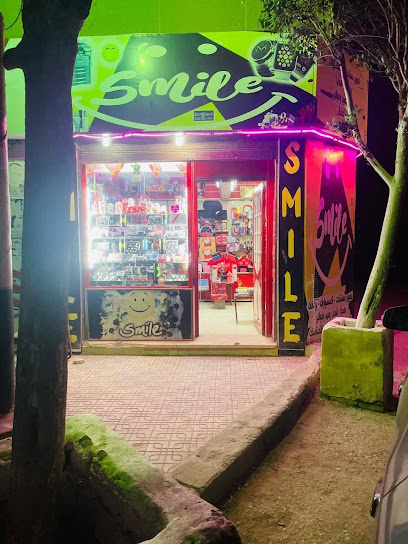
مزايا _ Mazaya
Discover the essence of Egyptian craftsmanship at Mazaya, a charming gift shop in Minya offering unique souvenirs and cultural treasures.

Crtominia - كارتومينيا
Discover the ultimate gaming experience at Crtominia in Al Minya, where every gamer finds their perfect match in video and board games.
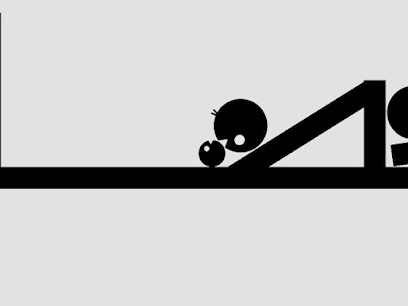
محل الجملي لجميع انواع السجاير
Explore the unique offerings of محل الجملي لجميع انواع السجاير, your gateway to authentic Russian grocery delights in Minya, Egypt.

Essential bars & hidden hideouts
Orkeed
Discover the rich flavors of Egyptian cuisine at Orkeed, a premier barbecue restaurant along the stunning banks of the Nile in Minya.
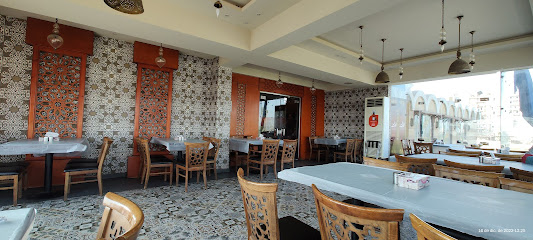
افريقيا استور المنيا - Africa Store Minya Branche
Discover the vibrant atmosphere of Africa Store Minya, a sports bar offering delicious food, drinks, and a lively ambiance for sports lovers.
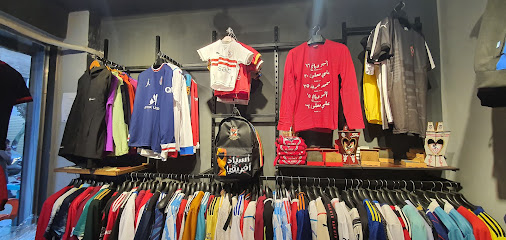
Central Perk
Discover Central Perk, the themed restaurant that brings the iconic coffee shop from 'Friends' to life, offering delicious food and a cozy atmosphere.
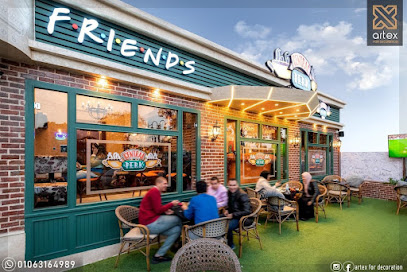
صالة التايكوندو
Experience relaxation and community spirit at صالة التايكوندو in Second Al Minya, a premier lounge that invites you to unwind.
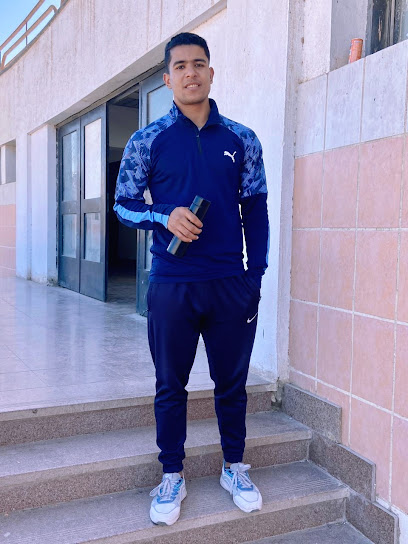
وزير الحلويات
Experience the rich flavors of traditional Egyptian sweets at Minister of Sweets in Abu Qurqas, a delightful bar for dessert lovers.
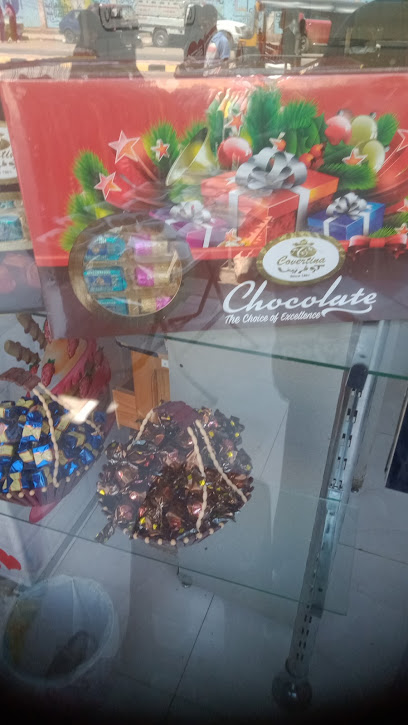
عرب بلي المطارفة
Discover the vibrant nightlife of Minya at عرب بلي المطارفة, where culture and camaraderie come together in a lively bar setting.
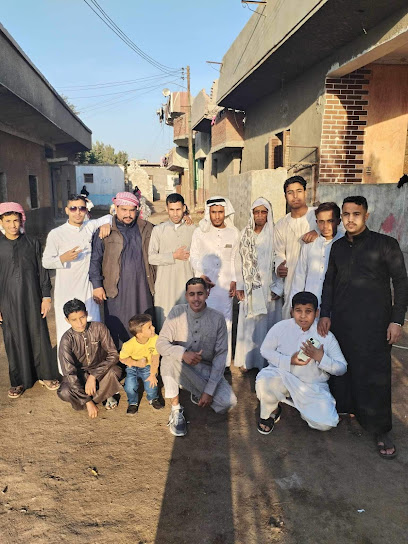
عصير السوهاجي عمرو عنتر
Discover refreshing local juices at عصير السوهاجي عمرو عنتر in Third Al Minya, where flavor meets tradition in a vibrant bar setting.

الابعادية
Explore الابعادية in West Samalout, a vibrant bar that captures the local essence with great drinks and lively culture, perfect for tourists seeking authentic experiences.

شارع آل علوان
Discover the lively ambiance of شارع آل علوان, a must-visit pub in East Samalout, where local culture and vibrant nightlife await.
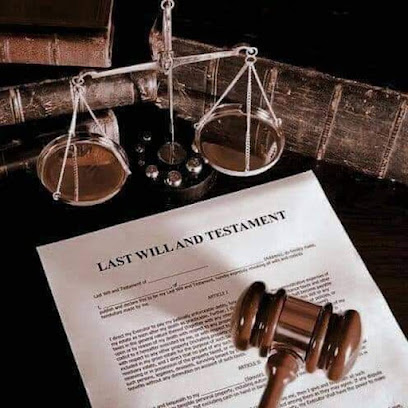
دير بيزنس ٠١١٢٨١٣٨٩٥١
Experience the vibrant nightlife at دير بيزنس ٠١١٢٨١٣٨٩٥١, a bar in Mallawi offering a unique blend of local culture and modern vibes.

المنيا
Experience the vibrant nightlife and rich history of Al Minya, a captivating Egyptian city with a lively bar scene and cultural treasures.

علي شعبان علي جداوي
Immerse yourself in the lively atmosphere of Ali Shaban Ali Jadawi Bar, where local culture meets delightful beverages for an unforgettable experience.

PlayStation corner
Discover PlayStation Corner in Abu Qirqas, Minya - where gaming meets relaxation in a vibrant bar atmosphere.
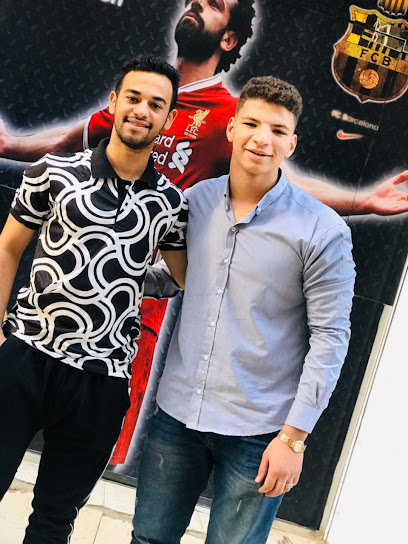
hraf
Experience Al Hamayshah's vibrant nightlife at Hraf, a cozy bar offering an authentic taste of local culture and flavors.

قصر الاندلس
Experience the vibrant atmosphere and authentic flavors of مصر at قصر الاندلس, the perfect bar for socializing in Minya Governorate.

Local Phrases
-
- Helloمرحبا
[marhaba] - Goodbyeوداعا
[wada'an] - Yesنعم
[na'am] - Noلا
[la] - Please/You're welcomeمن فضلك
[min fadlak] - Thank youشكرا
[shukran] - Excuse me/Sorryعذرا
[udhurana] - How are you?أزيك؟
[ezayak?] - Fine. And you?تمام. وأنت؟
[tamam. wa ant?] - Do you speak English?تتكلم انجليزي؟
[tatakallam ingilizi?] - I don't understandأنا لا أفهم
[ana la afham]
- Helloمرحبا
-
- I'd like to see the menu, pleaseأريد أن أرى القائمة، من فضلك
[urid an ara alqaimah, min fadlak] - I don't eat meatأنا لا آكل لحم
[ana la akl lahm] - Cheers!في صحتك!
[fi sahtak!] - I would like to pay, pleaseأود أن أدفع، من فضلك
[awad an adfa', min fadlak]
- I'd like to see the menu, pleaseأريد أن أرى القائمة، من فضلك
-
- Help!النجدة!
[alnajdah!] - Go away!اذهب بعيدا!
[idhab ba'idan!] - Call the Police!اتصل بالشرطة!
[itassil bialshurta!] - Call a doctor!اتصل بالطبيب!
[itassil bialtabib!] - I'm lostلقد ضللت
[liqid dalalt] - I'm illأنا مريض
[ana mariyd]
- Help!النجدة!
-
- I'd like to buy...أريد أن أشتري...
[urid an ashtari...] - I'm just lookingأنا فقط أتفرج
[ana faqat atfarg] - How much is it?كم سعره؟
[kam sa'ruh?] - That's too expensiveهذا غالي جدا
[hatha ghali jiddan] - Can you lower the price?هل يمكنك تخفيض السعر؟
[hal yumkinuk takhfid alsu'ur?]
- I'd like to buy...أريد أن أشتري...
-
- What time is it?كم الساعة؟
[kam alsaa'ah?] - It's one o'clockالساعة الواحدة
[alsaa'ah alwahidah] - Half past (10)العاشر والنصف
[ala'ashir walnusf] - Morningالصباح
[assaabah] - Afternoonالظهر
[aldhuhur] - Eveningالمساء
[almasa'] - Yesterdayأمس
[ams] - Todayاليوم
[alyawm] - Tomorrowغدا
[ghadan] - 1واحد
[wahid] - 2اثنين
[ithnayn] - 3ثلاثة
[thalatha] - 4أربعة
[arba'ah] - 5خمسة
[khamsah] - 6ستة
[sittah] - 7سبعة
[sab'ah] - 8ثمانية
[thamania] - 9تسعة
[tis'ah] - 10عشرة
[asharah]
- What time is it?كم الساعة؟
-
- Where's a/the...?أين...
[ayn...] - What's the address?ما هو العنوان؟
[ma huwa al'unwan?] - Can you show me (on the map)?هل يمكنك أن تريني (على الخريطة)؟
[hal yumkinuk an tarini (ala alkhareetah)?] - When's the next (bus)?متى الحافلة القادمة؟
[mata alhafilat alqadimah?] - A ticket (to ....)تذكرة (إلى ...)
[tazkirah (ila ...)]
- Where's a/the...?أين...
History of Minya
-
Minya, located in Middle Egypt, dates back to the Pharaonic era. The city was known as Men'at Khufu in ancient times, which means 'Nurse of Khufu,' indicating its importance during the reign of Pharaoh Khufu. Archaeological evidence suggests that Minya was a significant urban center, with many temples and structures dedicated to various gods and goddesses.
-
During the Middle Kingdom (2055-1650 BCE), Minya gained prominence as a provincial capital. The city was strategically located along the Nile, facilitating trade and commerce. This period saw the construction of elaborate tombs and temples, reflecting the city's wealth and importance.
-
One of the most captivating historical episodes in Minya's history is the Amarna Period (1353-1336 BCE). Pharaoh Akhenaten established the city of Akhetaten (modern-day Amarna) as the new capital of Egypt, dedicated to the worship of the sun god Aten. The remains of palaces, temples, and houses still attract archaeologists and tourists alike, offering a glimpse into this unique era of monotheism.
-
Minya continued to thrive under Greek and Roman rule. The city, known as Hermopolis during this time, became a center of Hellenistic culture and learning. Temples dedicated to Thoth, the god of wisdom, were prominent, and the city played a crucial role in the spread of Greek and Roman art, architecture, and philosophy.
-
By the 4th century CE, Christianity had taken root in Minya. The city became a pivotal location for early Christian communities, with numerous churches and monasteries established. The Monastery of the Virgin Mary at Gabal Al-Tayr, perched on a cliff overlooking the Nile, is one of the most significant Christian sites in the region.
-
With the Islamic conquest of Egypt in the 7th century, Minya became an important administrative and cultural center under Arab rule. The city saw the construction of mosques, madrasas, and other Islamic institutions. Minya's architecture from this period reflects the rich Islamic artistic and cultural heritage.
-
In the 19th and 20th centuries, Minya experienced significant modernization. The introduction of railways and the construction of new infrastructure transformed the city into a bustling urban center. Today, Minya is known for its vibrant markets, educational institutions, and cultural festivals that celebrate its diverse heritage.
Minya Essentials
-
Minya is located approximately 245 kilometers south of Cairo. The most convenient way to get there is by train from Cairo, which typically takes around 4 to 5 hours. You can also opt for a private car or taxi, which can be faster but more expensive. There are also domestic flights to Minya's nearby airport, but these are less frequent.
-
Within Minya, local taxis and tuk-tuks are the most commonly used forms of transportation. Buses and minibuses (known as microbuses) also operate within the city and to nearby towns. Renting a car is an option, but driving can be challenging for those not accustomed to local traffic conditions. Walking is feasible for exploring the city center and its immediate attractions.
-
The official currency is the Egyptian Pound (EGP). Credit cards are accepted in many hotels and larger restaurants, but it's advisable to carry cash for smaller establishments and markets. ATMs are available throughout Minya, but it's wise to withdraw some cash before leaving major cities like Cairo. Foreign currency can be exchanged at banks and authorized exchange offices.
-
Minya is generally safe for tourists, but it's advisable to take standard precautions. Avoid walking alone at night in unfamiliar areas and keep your belongings secure in crowded places. The city center is usually safe, but some neighborhoods may have higher crime rates, so it's best to consult local advice. Always stay vigilant and aware of your surroundings.
-
In case of emergency, dial 122 for police assistance, 123 for medical emergencies, and 180 for fire services. It is advisable to have travel insurance that covers medical emergencies. Minya has hospitals and pharmacies where you can seek medical attention and purchase over-the-counter medications.
-
Fashion: Do dress modestly, especially when visiting religious sites. Avoid wearing revealing clothing. Religion: Do respect local customs and traditions. Remove your shoes and cover your head when entering mosques. Public Transport: Do be respectful and give up your seat to elderly passengers. Don't eat or drink on public transport. Greetings: Do greet people with a handshake. A slight bow of the head is also a sign of respect. Eating & Drinking: Do try local delicacies and accept food offerings graciously. Don't refuse hospitality, as it is considered impolite.
-
To experience Minya like a local, visit the local markets where you can buy fresh produce and traditional Egyptian goods. Engage with locals, as they are often friendly and willing to share stories about the city's history and culture. Don't miss visiting the Minya Museum and the ancient sites of Beni Hasan and Tuna el-Gebel. For a unique experience, take a felucca ride on the Nile River to enjoy the scenic beauty of the area.
Nearby Cities to Minya
-
Things To Do in Asyut
-
Things To Do in Beni Suef
-
Things To Do in Sohag
-
Things To Do in Cairo
-
Things To Do in Suez
-
Things To Do in Zagazig
-
Things To Do in El Gouna
-
Things To Do in Tanta
-
Things To Do in Hurghada
-
Things To Do in Ismailia
-
Things To Do in Luxor
-
Things To Do in Sharm El Sheikh
-
Things To Do in Alexandria
-
Things To Do in Dahab
-
Things To Do in Port Said










